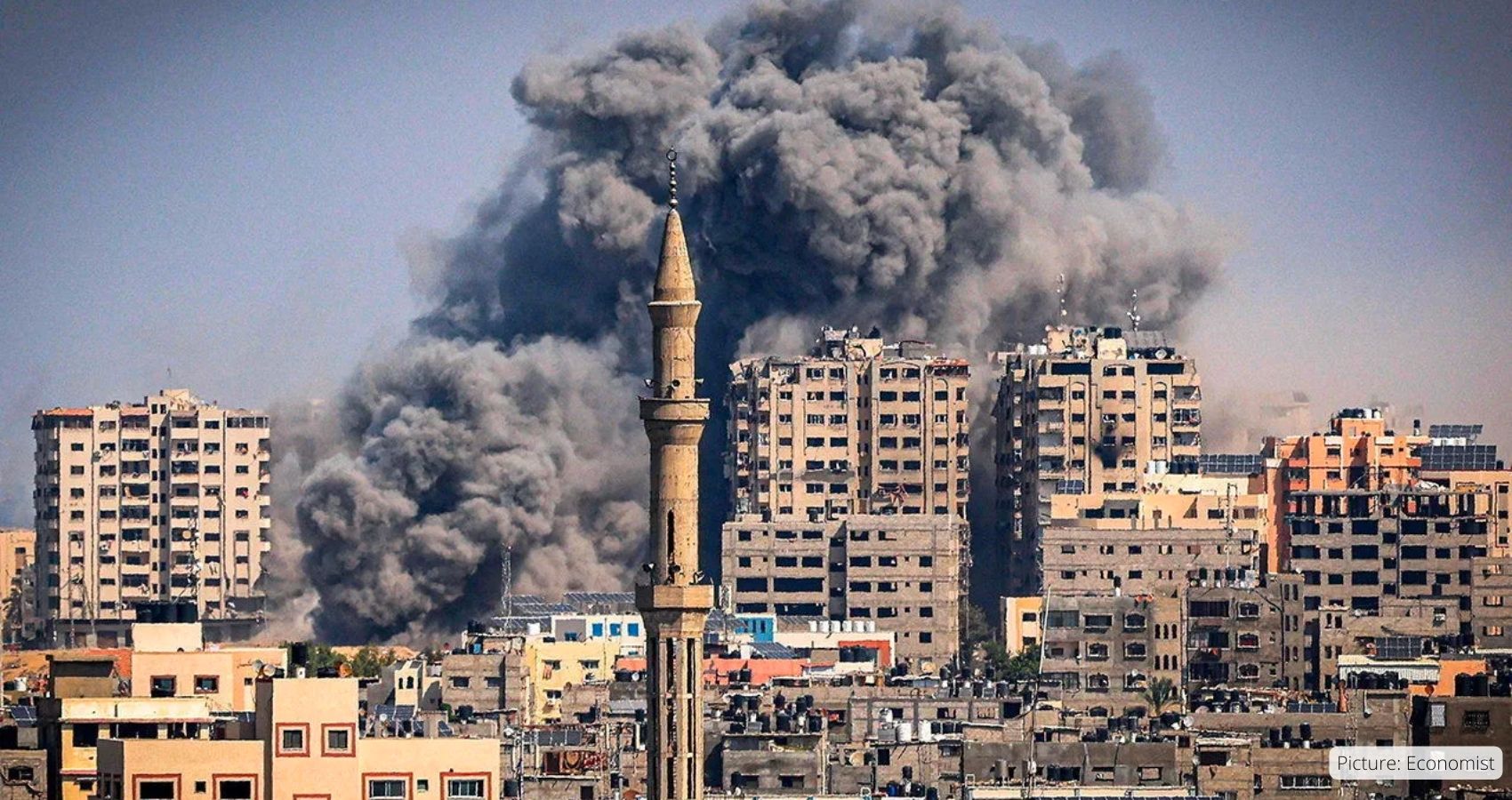In 2023, the global nuclear landscape was marked by significant advancements among the nine nuclear-armed states: the United States, Russia, the United Kingdom, France, China, India, Pakistan, North Korea, and Israel.
According to a report by the Stockholm International Peace Research Institute (SIPRI), these countries persisted in modernizing their nuclear capabilities, with several introducing new nuclear-armed or nuclear-capable weapon systems.
The Nuclear-Armed States
United States
As of January 2024, the United States maintained a substantial nuclear arsenal of 5,044 warheads, primarily deployed on ballistic missiles and aircraft. The U.S. continues to enhance its nuclear arsenal, focusing on the reliability and capabilities of its land-based intercontinental ballistic missiles (ICBMs), submarine-launched ballistic missiles (SLBMs), and strategic bombers.
Russia
Russia, alongside the United States, holds the majority of the world’s nuclear weapons. Despite some fluctuations, Russia’s military stockpile has remained relatively stable at 5,580 warheads. In 2023, Russia deployed an additional 36 warheads, underscoring its commitment to nuclear deterrence.
United Kingdom
In 2023, the United Kingdom announced plans to increase its warhead stockpile limit from 225 to 260, although no actual expansion occurred that year. This policy shift highlights the UK’s dedication to maintaining a credible nuclear deterrent. Additionally, the UK ceased public disclosure of specific nuclear quantities.
France
France continues to advance its nuclear capabilities, focusing on developing a third-generation nuclear-powered ballistic missile submarine (SSBN) and a new air-launched cruise missile.
China
China’s nuclear arsenal experienced the most rapid growth among the nuclear-armed states, rising from 410 warheads in January 2023 to 500 in January 2024. This expansion aligns with China’s strategy to bolster its nuclear deterrent. For the first time, China is believed to have placed some warheads on high operational alert. Projections indicate that China could have as many ICBMs as the United States or Russia by the end of the decade, though its overall stockpile will remain smaller.
India
India slightly expanded its nuclear arsenal, emphasizing the development of new delivery systems. While Pakistan remains the primary target of India’s nuclear deterrent, there is increasing focus on longer-range weapons capable of reaching China. As of January 2024, India was estimated to have 172 stored nuclear warheads. The SIPRI report also highlighted that India was the world’s top arms importer, with a 4.7% increase between 2014-18 and 2019-23.
Pakistan
Pakistan, with an estimated 170 stored warheads, continues to develop its nuclear delivery systems. The ongoing rivalry with India drives Pakistan’s nuclear strategy, with both nations pursuing capabilities to deploy multiple warheads on ballistic missiles. Pakistan’s nuclear posture remains a central element of its national security strategy.
North Korea
By January 2024, North Korea had assembled approximately 50 warheads and possessed sufficient fissile material for up to 90. North Korea’s nuclear ambitions continue to destabilize regional security dynamics, particularly in its tense relations with South Korea.
Israel
Although Israel does not officially acknowledge its nuclear arsenal, it is believed to be modernizing its capabilities. Upgrades to its plutonium production reactor at Dimona suggest ongoing efforts to enhance its nuclear deterrent.
The China-India-Pakistan Equation
The interactions between China, India, and Pakistan are pivotal for regional and global security. According to an ORF report, India was the first country to propose a nuclear test ban treaty and a halt to the production of materials for nuclear weapons, having signed and ratified the Partial Test Ban Treaty in 1963, which prohibited nuclear explosions in the atmosphere, outer space, and underwater.
However, the discriminatory politics surrounding the Nuclear Non-Proliferation Treaty (NPT) posed challenges. Despite conducting nuclear tests in 1998, India maintained its commitment to the No-First-Use (NFU) policy, reiterating this stance in its 1999 draft nuclear doctrine and again in 2003.
In 1994, India offered Pakistan an agreement on the no-first-use of nuclear weapons, but regional and historical tensions prevented any agreement from being reached.
Moving towards the east, India and China, both nuclear-armed, have had unstable relations due to longstanding border disputes since the 1950s. While trade between these nations suggests potential mutual benefits, unresolved border issues have hindered bilateral relations.
NATO and Nuclear Sharing
NATO’s nuclear-sharing arrangements involve the deployment of US B-61 nuclear bombs in Europe, which remain under US custody and control. In the event of a conflict, these weapons would be delivered by dual-capable aircraft (DCA) from NATO member states, subject to political approval from the Nuclear Planning Group (NPG) and authorization from the US President and UK Prime Minister.
NATO’s nuclear sharing ensures that the benefits, responsibilities, and risks of nuclear deterrence are distributed across the alliance.
Nuclear Diplomacy
The United Nations plays a key role in promoting nuclear disarmament. The suspension of the New START treaty—a nuclear arms reduction agreement between Russia and the US—by Russia, along with ongoing challenges in arms control, highlight the fragile state of nuclear diplomacy. Despite these setbacks, efforts continue within the UN framework to address nuclear threats and promote disarmament.
The Comprehensive Nuclear-Test-Ban Treaty (CTBT), though not yet in force, remains a key instrument in the UN’s efforts to curb nuclear proliferation. Despite Russia’s withdrawal from the treaty’s ratification, it continues to participate in the Comprehensive Nuclear-Test-Ban Treaty Organization (CTBTO).
“The United States and Russia have fundamentally divergent views on when arms control should be pursued and what purpose arms control should serve in the current strategic environment,” according to the Center for Strategic and International Studies (CSIS). “While the United States’ position remains that cooperation to manage the world’s two largest nuclear arsenals is in the best interests of the international order, Moscow believes current U.S. efforts to reinstate arms control are part of a wider effort to take advantage of Russia as it is bogged down in Ukraine.”
The deteriorating global security environment, exacerbated particularly by conflicts in Ukraine and Gaza, continues to pose significant challenges to nuclear diplomacy.



